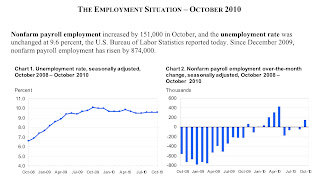 |
| Silvia Izquierdo/Associated Press |
I am in Brazil in part to attend and present at a conference on education. I am learning a lot, including some misperceptions about what we know about some aspects of education reform. I hope to blog about this this week.
In the meantime all the talk has been about the military take over of a favela in Rio. Interestingly, the tactic (apparently the blueprint is Medellin in Colombia) is the same as the US in Iraq and Afghanistan: clear, hold and build. The idea is to clear out the gangs and drug dealers, create permanent (or long-term) police stations and then build relationships through providing community services like health clinics. These favela are almost stateless places within Brazil, ungoverned by the state but governed by criminal gangs. Interesting.
Ironically, the very best real estate in Rio aside from beachfront property belongs to the favelas. The city prohibited official building up the hillsides to preserve the natural environment but had insufficient resources to deal with the illegal building that eventually became essentially permanent neighborhoods: slums with million dollar views. Ah Brazil.
Not to gloat, but the São Paulo weather has been fabulous: sunny and in the 70s (okay, yes, to gloat). The last two days have seen tremendous tropical rain storms that last about 30 minutes but absolutely drench the city (including me today). Here is a picture of the sun to warm yourself by taken from my apartment balcony. No I am not rich - the research center provides the apartment.
Unlike last time I was here when a dollar bought about 3.5 Reais, the exchange rate is down to 1.6 and São Paulo is EXPENSIVE! My meal last night with two beers and plate of Picadinho was $60! Ouch.
Ciao.





















